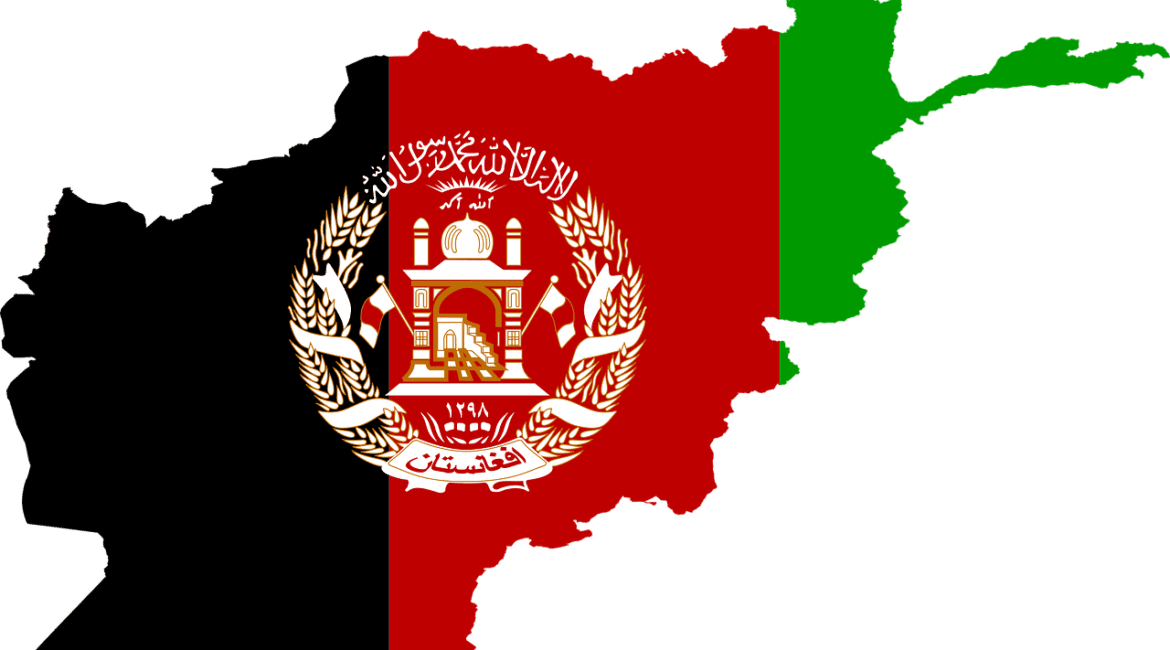In Afghanistan, the present is, more than ever, the past. As the Sunni Taliban consolidate their power, the possibility of reviving old sources of sectarian and ethnic disputes increases. The central state, shaped relatively late, in 1890, on a British model will hardly resist the centrifugal forces generated by the interests of minorities such the Shiites, who have been under American protection for 20 years.
The original crises was ignited by the Soviet invasion, extremely unpopular, rejected by both Sunnis and Shiites. After the Soviet withdrawal, from 1988-89, when the Islamic fundamentalists consolidated their power, whether you are Shiite or Sunni begun to matter a lot. The Taliban, hyper-Sunni who detested Shiites, have committed massacres against Shiite Hazara minority, who have felt emancipated for the past 20 years and who are now, after Taliban return to power, extremely frighten of what could happened to them.
Analysts believe that Americans high-ranking officials and generals have never well understood Afghan society: in 2001, they worked together against Taliban with the Northern Alliance, a coalition of Shiite Hazara and Sunni Tajiks and Uzbeks in the northeast of the country. US offered them air support and then installed them in power. Tajik and Hazara minorities held important government positions and that provoked resentments among Sunni Pashto majority. This religious resentful aspect of Afghan politics has been largely ignored by successive US administrations.
Afghanistan is an extremely poor country, with few resources and serious ethnic divisions. The American strategy was to inject money abundantly, far beyond the absorption capacity of the system and what could not be assimilated was embezzled. This created an ultra-rich elite of corrupt officials, who appropriated the money and placed it in foreign real state, in Dubai or elsewhere. So, the Taliban rose from their strongholds and succeeded to collapse this fraudulent and fragile system in only 11 days.
But the essence of the Taliban is fundamentalist. At the level of leadership, there are some who have learned to present themselves to international media in a pleasant way and to make moderate statements. On the ground, however, one could expect a lot of repression and go back to the 1990s. But Afghan society has evolved considerably over the last 20 years and there could be more resistance, more capacity of civilians to endure Taliban repression.
The future of Afghanistan is uncertain: it is possible to return to the situation before American invasion, with terrorist organisations plotting again, with or without official protection, against the West. The ISIS-K or Daesh was virtually destroyed by Afghan and American forces, by 2019. However, Taliban opened prisons and many Daesh fighters escaped. They hate Taliban and fought them in the past. If they could, they could not dislike to take power themselves. Meanwhile, Al Qaida elements are beginning to return to Afghanistan. Yet, analysts forecast that the most of these radical groups will focus on domestic and local matters, the goal being the control of Afghanistan. Thus, it is not clear to what extent this reality will be a terrorist threat to Europe and North-America at this time.
What’s next in Afghanistan

